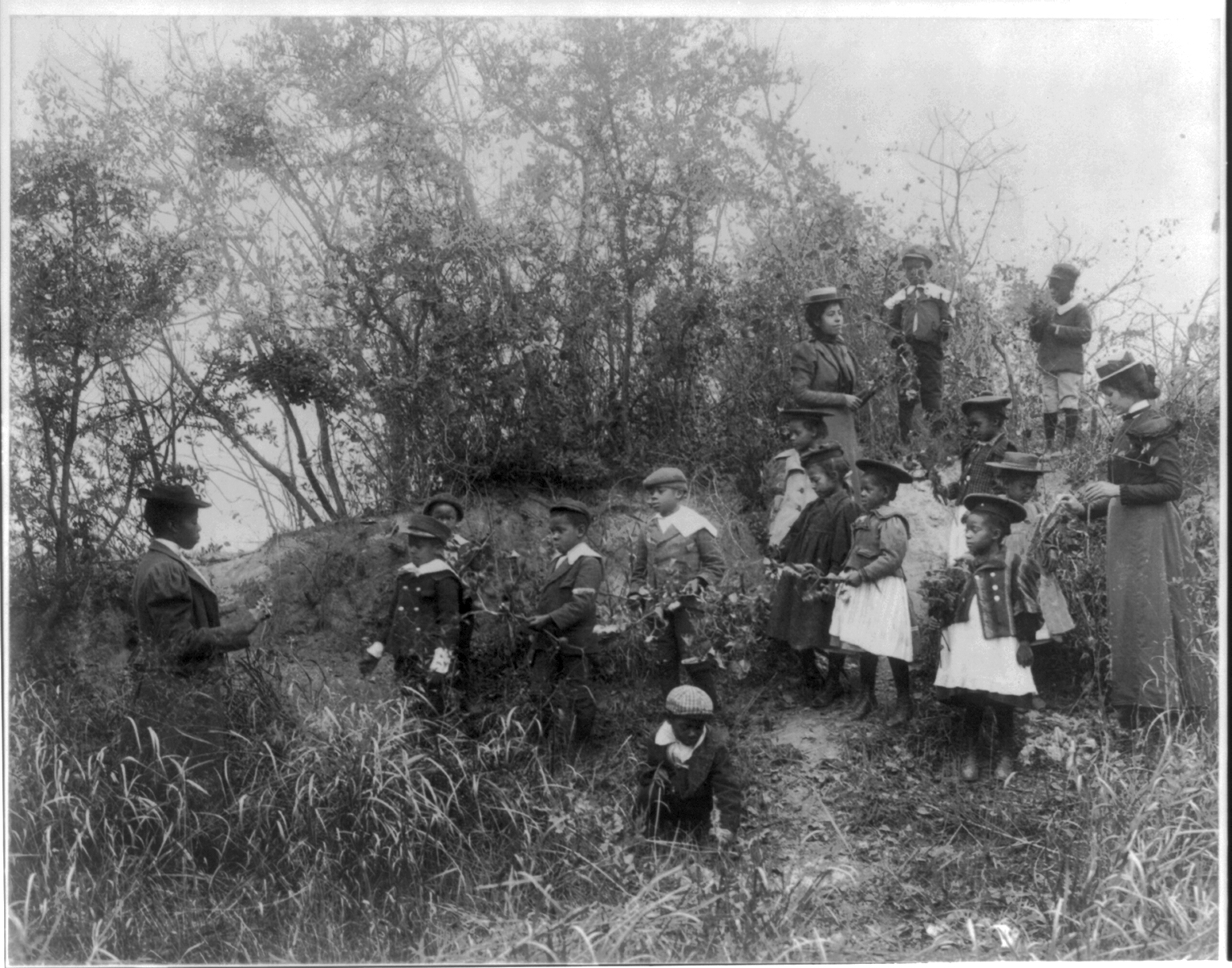Right to the Source
Teaching Students to Observe Their World
You are teaching about botany. It’s a lovely day and your students are excited to learn more about plants. Instead of having them sit in the classroom and look at photographs or read the information from books, you decide to take them outside. You encourage them to look at the different plants around them. To explore the similarities and the differences. To consider what they already know about the plants and what they want to know. Are the plants they see similar to those that might grow in their backyards?
Your students get together with their classmates and compare what they’ve found and learned. Perhaps you put the information on a chart or ask the students to put information in their science notebooks. Later you might talk about other plants from other areas and the similarities and differences to the ones they found outside of the classroom. The students are able to ask lots of questions and think about answers or perhaps look them up in a book or another resource.
Some may think your methods are quite progressive. They are!
The photograph featured here was taken in 1899 by Frances Benjamin Johnston, one of the first American women to achieve prominence as a photographer. In addition to her work documenting gardens, the Washington, D.C., community and workers in other communities, she also photographed Progressive Era educational efforts including work at minority educational institutions. The students in this photograph are from the Whittier Primary School, which was a practice school for student teachers at what is now Hampton University, in Virginia. According to the photograph’s caption, the students are “on a field trip studying plants.” Adults in the image may be guiding the students in their work. Some children appear to be looking closely at plants on the ground, others are holding plants in their hands.
The scenario described above and the image from 1899 show students participating in the act of observation. Most STEM related activities start with observation; it is also at the core of the work of many inventors and scientists. The Library of Congress holds the papers of a number of noted scientists and inventors within its collections. Many of these scientists used their own scientific notebooks to document their observations, and some are available online. For example, students can read how Alexander Graham Bell continued to tinker with the telephone to get the voice to sound clearer. Bell was a dutiful writer. As noted in the description of his collection, he kept extensive notes of his work documenting the experiments he conducted, the observations he made and how he used these observations to find answers to why things did not work or how they could be improved.
Observing scientific phenomena and the natural environment allows students to be hands-on scientists. They can explore their world and find answers to questions without spending a penny.
About the Source
The image, “Whittier School students on a field trip studying plants, Hampton, Virginia,” taken by Frances Benjamin Johnston in 1899, is available at: https://www.loc.gov/resource/cph.3a38503/. It is part of the Frances Benjamin Johnson collection of more than 20,000 photographic prints and 3,700 glass plate negatives at the Library of Congress. A portion of the collection is available online at: https://www.loc.gov/collections/frances-benjamin-johnston/about-this-collection/.
Additional resources from the Library of Congress that can be used to help students develop observational stills include primary source analysis tools (https://www.loc.gov/programs/teachers/getting-started-with-primary-sources/guides/) that can be used to support students as they observe, use prior knowledge to bring understanding, and develop questions that can lead to further research, helping to build knowledge. There are also teacher guides that supply questions that can be used to help sharpen observation and investigation skills and move students toward deeper thinking and analysis.
Also, the Seasonal Round http://blogs.loc.gov/teachers/2015/04/finding-traditions-exploring-the-seasonal-round/ is a tool that folklorists use to study a community. It provides a way to keep track of events that happen at certain times during the year. Young scientists could use a version of the Seasonal Round to keep track of growing patterns, atmospheric events or other changes over time.
Danna Bell (dbell@loc.gov) is an Educational Resources Specialist at the Library of Congress.
Biology Literacy Teaching Strategies



